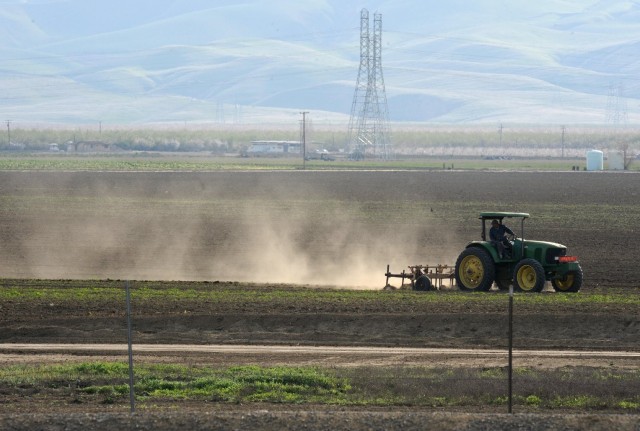While in most cases the fever results in no symptoms, in about 40 percent of the cases it causes mild to severe flu-like symptoms or more serious infections. In some cases, it can spread to the brain, bones, skin, even eyes, leading to blindness, skin abscesses, lung failure, even death.
People who show symptoms of the disease can require expensive treatments, prolonged absence from work or school, multiple hospitalizations, and years of monitoring.
California's rates of reported fever cases increased by more than six-fold over the past decade. Fever cases rose from about 700 in 1998 to more than 5,500 cases reported in 2011, according to the CDC.
[Related: Valley Fever Cases Soar in West, Yet Off Radar of East Coast Policymakers]
A warming climate, drought and changing rainfall patterns are factors that have led to the steep increase invalley fever, researchers say. Improved reporting methods and better diagnosis also partially explain the increase.
In California, the fever is endemic in the San Joaquin Valley, including Fresno, Kings, Kern, Madera, San Luis Obispo, and Tulare counties.
From 2000 to 2011, there were 25,217 valley fever-associated hospitalizations in the state; hospitalizations increased from 1,074 in 2000 to 3,197 in 2011.
A total of 1,220 patients hospitalized for valley fever — 8 percent of the total number hospitalized — died during the initial or subsequent hospitalization.
About half of the patients initially hospitalized for the fever in California resided in the endemic San Joaquin Valley.
Those most at risk for hospitalization were men, African Americans and Hispanics, and older people, the study found.
A third of those initially hospitalized had other health conditions that could increase the fever's severity, including diabetes, HIV or AIDS, and pregnancy.
About 9 percent of the initially hospitalized valley fever patients were admitted from a prison or jail. Earlier this year, a federal health official ordered the transfer of more than 3,000 exceptionally vulnerable inmates from two San Joaquin Valley prisons where several dozen have died of the disease in recent years.
Researchers say the best way to minimize long-term illnesses and deaths is early diagnosis, close follow-up of patients and appropriate treatment of those at risk for severe disease. Thus, increasing awareness and early recognition of the disease among health care providers and the public is key.
